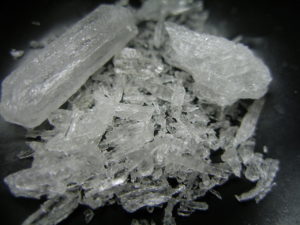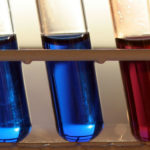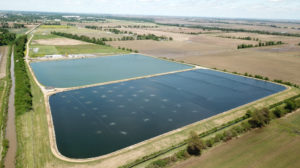 Pretty much everything that happens in town eventually makes its way into the wastewater system. So what happens to your lagoon if there’s a methamphetamine lab?
Pretty much everything that happens in town eventually makes its way into the wastewater system. So what happens to your lagoon if there’s a methamphetamine lab?
An operator asked us whether meth lab discharge would upset his lagoon. Since meth labs are sadly not rare in rural areas, it seemed like a good topic to tackle. In this article, we’ll provide an overview of what having a meth lab in town is likely to do to your wastewater lagoon, and provide links to more detailed information.
The clandestine meth laboratory
Illegal meth labs end up in rural areas for the same reason wastewater lagoons do: available open land away from populated areas where odors might generate complaints. Local farmers may also have anhydrous ammonia—a nitrogen-based fertilizer—in tanks on their property, which can be stolen for use in the manufacture of meth.
According to an article published in Small Flows magazine, five to seven pounds of toxic waste are generated for every pound of produced meth, and much of that gets dumped into indoor toilets and sinks and ends up in the wastewater system.
How meth lab discharges disrupt a lagoon
One reason for the proliferation of methamphetamine is the relative availability of ingredients and the ease of manufacture. Since each meth “cook” has his own “recipe,” a huge variety of chemicals may be involved: ammonia and phosphorus; pharmaceuticals like pseudoephedrine; corrosives like lye and muriatic acid; hydrocarbons like benzene and toluene; plus solvents, adhesives, and metals.
Each of these chemicals and its associated processes may have a different impact on your lagoon; the most likely effects include:
Spikes in influent ammonia: Because ammonia (either anhydrous or ammonium nitrate from instant cold packs) is often used in the production of meth, unusually high levels of influent ammonia, especially at odd hours or over the weekend, may be the first clue that there’s a clandestine lab nearby.
 Very high or low pH: Any pH outside the typical municipal wastewater range of 6.8–7.6 is a hint that something unusual is going on. Because BOD-removing microbes prefer the base to alkaline side, a pH outside 6.5–9 will inhibit treatment and cause sludge buildup. Read our article, Using Wastewater Lagoon pH as a Diagnostic Tool, for more about the effects of pH on lagoon treatment and how to adjust pH.
Very high or low pH: Any pH outside the typical municipal wastewater range of 6.8–7.6 is a hint that something unusual is going on. Because BOD-removing microbes prefer the base to alkaline side, a pH outside 6.5–9 will inhibit treatment and cause sludge buildup. Read our article, Using Wastewater Lagoon pH as a Diagnostic Tool, for more about the effects of pH on lagoon treatment and how to adjust pH.
Unusually high BOD: High BOD can be caused by the powerful chemicals of meth manufacture, combined with their toxic effects on BOD-treating bugs.
Working with law enforcement
If you notice these changes in your lagoon—ammonia spiking, high BOD, and very high or low pH—that you can’t trace to an industrial facility, you may be getting influent from a meth lab. Talk to local law enforcement about your suspicions. By sampling at various points throughout the system, you may be able to help narrow down where the clandestine lab is located so it can be shut down.
Know what’s coming
 Knowing What’s Coming, an article in Treatment Plant Operator magazine by Lab Detective Ron Trygar, highlights meth lab waste as a potential disruptor of residential sewer systems. He recommends coordinating with law enforcement and environmental agencies as they tackle the cleanup so you know what’s coming into the lagoon and can make adjustments to prevent upsets.
Knowing What’s Coming, an article in Treatment Plant Operator magazine by Lab Detective Ron Trygar, highlights meth lab waste as a potential disruptor of residential sewer systems. He recommends coordinating with law enforcement and environmental agencies as they tackle the cleanup so you know what’s coming into the lagoon and can make adjustments to prevent upsets.
Meth lab chemicals disposed of into a larger sewer system are flushed out quickly and are more of a concern in septic systems or smaller on-site facilities. The smaller your lagoon, the greater the likelihood of problems from toxic influent. Some recommendations to mitigate the damage:
Dilute: If the plumbing fixtures are stained, etched, or emitting a strong chemical odor, the lines will need to be power flushed, especially if the flow is low. This will help to dilute the chemicals and washwater from the decontamination process.
Neutralize: Neutralize acidic or alkaline solutions at the source, before flushing into the sewer system, if they can’t be absorbed and disposed of in a landfill.
Bioaugment: If the damage has already been done, you may need to reseed your BOD-eating bacteria. Aquafix has a range of VitaStim products for lagoons that can stimulate bacterial growth.
A giant urine test
Since virtually everything that happens in town eventually winds up in the sewage system, wastewater treatment plants have become a source of information on the health and habits of locals. The science of sewage epidemiology, originally used to track the spread of disease, is now being used to estimate illegal drug use. An article in Popular Science online, “Scientists are scrutinizing city sewage to study our health,” explains how wastewater is a “goldmine of information.”
Join the Discussion
 Has your wastewater lagoon received high strength, toxic influent from a meth lab or industrial processor? Join our Facebook group for lagoon operators, Lagoons Do It Better, and share your story!
Has your wastewater lagoon received high strength, toxic influent from a meth lab or industrial processor? Join our Facebook group for lagoon operators, Lagoons Do It Better, and share your story!


